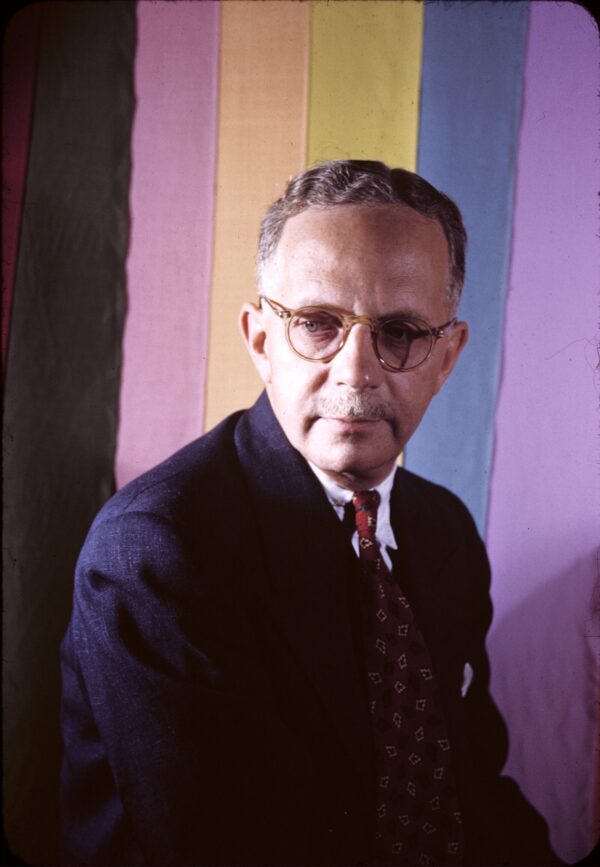
Walter White: Advocate in Changing Times
This lesson explores the complexity of former NAACP president Walter White’s public views during the Cold War Era and reveals some of the divisions within the civil rights movement as McCarthyism intensified.
The complex image of Walter White’s role in the civil rights movement and his strategic decisions during the Cold War era, such as his choice not to publicly criticize Senator McCarthy’s anti-communist campaign while condemning Paul Robeson for his perceived Soviet support, highlighted the subtle complexities and simmering tensions of this transformative period in American history.
Walter White, a prominent figure within the National Association for the Advancement of Colored People (NAACP), emerged as a central player during the civil rights movement of the 1950s and 1960s. His leadership as the executive secretary of the NAACP from 1931 to 1955 laid the groundwork for legal battles that aimed to dismantle the deeply embedded racial discrimination in the United States.
Walter White’s early life in Atlanta, Georgia, was profoundly marked by the racial segregation and discrimination that defined the South during the late 19th and early 20th centuries. Born on July 1, 1893, in a racially segregated Atlanta, he grew up in a city where racial disparities were stark, and segregation was the norm. He attended Atlanta University, an historically Black institution, where he developed a keen understanding of the issues facing Black Americans.
These firsthand experiences of discrimination, segregation, and violence against Black Americans left an indelible impression on young Walter White. The 1906 Atlanta Race Massacre, where a violent white mob targeted and killed dozens of Black Americans, made a particularly deep impact on him and served as a catalyst for his unwavering commitment to civil rights and racial equality.
When he assumed the role of executive secretary of the NAACP in 1931, White brought this personal history of racial injustice with him. His passionate commitment to addressing the racial disparities he had observed in his hometown and throughout the South drove his leadership within the NAACP. Under his guidance, the organization mounted legal challenges, organized grassroots campaigns, and engaged in advocacy work aimed at dismantling the deeply entrenched racial discrimination that persisted in the United States.
Simultaneously, the civil rights movement unfolded against the backdrop of the Cold War, a prolonged ideological struggle between the United States and the Soviet Union. This global contest for influence and power shaped both international global politics and domestic policy in the United States.
During this period, a key event that exemplified the complex ideologies during this era was Walter White’s decision not to publicly criticize Senator Joseph McCarthy’s anti-communist campaign. McCarthy’s zealous hunt for communist sympathizers within American society cast a long shadow over the nation. White’s reluctance to openly oppose McCarthy’s tactics was indicative of the broader fear and suspicion that infused American politics during the Cold War. The threat of being labeled a communist sympathizer or “un-American” was acute, and many chose caution over confrontation.
However, White’s stance took on added significance when contrasted with his condemnation of Paul Robeson, a prominent Black American activist and artist. Robeson, known for his passionate advocacy for civil rights, was perceived as sympathetic to the Soviet Union. White’s criticism of Robeson, while not without controversy, reflected the prevailing sentiment of the era, where any association with perceived Soviet sympathies was viewed with suspicion.
White’s decisions emphasized the complex relationship between domestic issues and international politics. The fear of being targeted as a communist or a sympathizer weighed heavily on activists and leaders alike, shaping their strategies.
Walter White’s pivotal role and actions in the civil rights movement, reflects the challenges and dilemmas faced by individuals navigating the complex landscape of American society during this transformative period. His calculated decisions, such as refraining from openly criticizing McCarthy while condemning Robeson, illuminate the delicate balancing act between personal and political considerations. This historical episode serves as a powerful reminder of the complex interplay between civil rights activism and the impact of the Cold War that defined this era in American history.
Featured in

This lesson explores the complexity of former NAACP president Walter White’s public views during the Cold War Era and reveals some of the divisions within the civil rights movement as McCarthyism intensified.